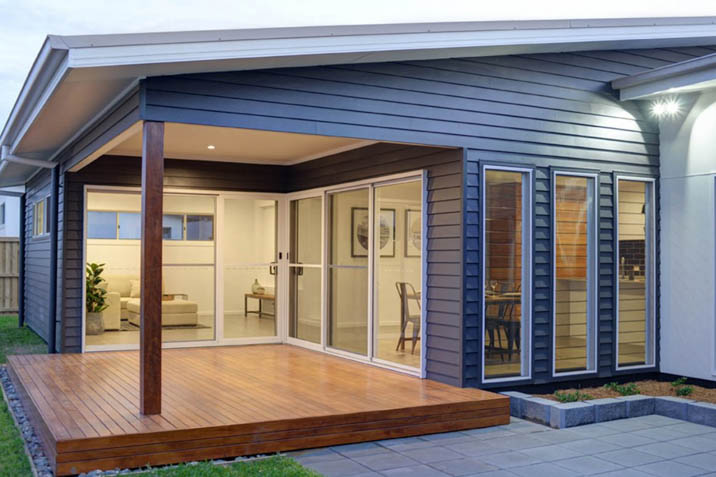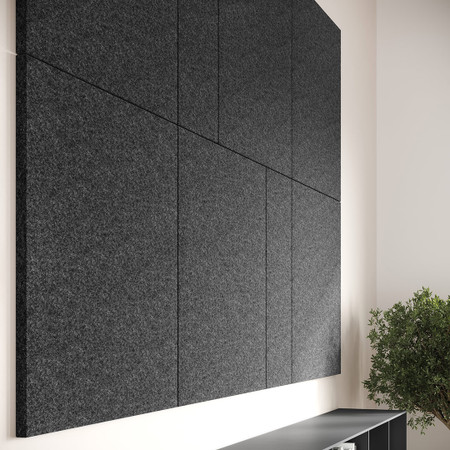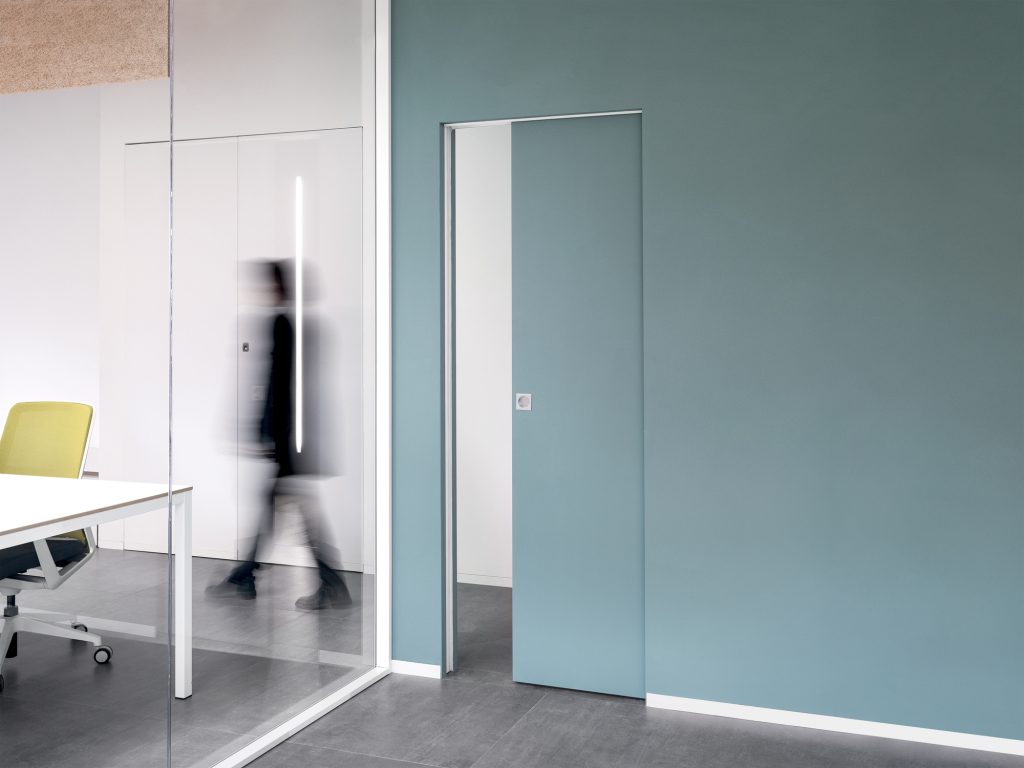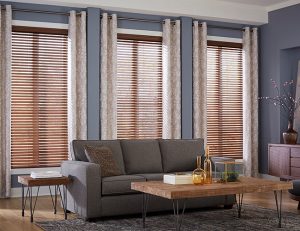To maintain and repair weatherboard cladding effectively, start by cleaning it twice a year with mild detergent and a soft brush. Inspect for damage, focusing on joints and corners, and use a moisture meter to check for rot. Repair any cracks with filler that matches the color of your cladding and seal gaps with flexible sealant. Regularly painting and sealing every 5-7 years will protect it from the elements. Stay proactive by evaluating the cladding’s condition seasonally. You’ll find there’s a lot more to learn about keeping your cladding in top shape.
Regular Cleaning Techniques
To keep your weatherboard cladding looking its best, regular cleaning is essential. Start by gathering your cleaning tools, such as a soft-bristle brush, a sponge, and a bucket. Choose effective cleaning products that are safe for your cladding material; a mild detergent mixed with water often works well. This method applies to different types of house cladding, ensuring each maintains its appearance and longevity.
Begin at the top of your cladding and work your way down to avoid streaks. Use the brush to gently scrub away dirt and grime, paying special attention to corners and crevices. Rinse thoroughly with clean water to remove any soap residue.
Regular cleaning not only enhances your home’s appearance but also helps prevent long-term damage. Make this a part of your routine to extend the life of your weatherboard cladding.
Inspecting for Damage
After cleaning your weatherboard cladding, take the time to inspect it for any signs of damage that could compromise its integrity.
Use reliable inspection tools like a moisture meter to check for water damage or rot. Look for cracks, warping, or loose boards that may indicate underlying issues.
Pay special attention to joints and corners, as these areas are prone to wear. During your damage assessment, note any areas needing repair or replacement, and document them for future reference.
If you spot significant damage, consider consulting a professional to guarantee the problem is properly addressed.
Regular inspections can help you catch issues early, prolonging the life of your cladding and maintaining its appearance.

Painting and Sealing
When it comes to painting and sealing your weatherboard cladding, choosing the right paint is essential for long-lasting protection.
You’ll also want to use proper sealing techniques to keep moisture at bay.
Choosing the Right Paint
Choosing the right paint for your weatherboard cladding is essential for enhancing its appearance and ensuring long-lasting protection against the elements.
Start with color selection; think about the overall aesthetic you want for your home. Lighter colors can make your house appear larger, while darker shades add a cozy feel.
Next, consider paint durability. Opt for high-quality, weather-resistant paints specifically designed for exterior use. These paints will withstand harsh weather conditions and reduce the frequency of touch-ups.
Always check the manufacturer’s recommendations for application methods and drying times to achieve the best results.
Proper Sealing Techniques
To guarantee your weatherboard cladding remains protected and looks great, applying proper sealing techniques alongside your chosen paint is essential.
Start by selecting high-quality sealing materials that are compatible with your paint type. Before application, make certain the surface is clean and dry to allow for peak adhesion.
Use a brush or roller to apply the sealant evenly, paying special attention to joints and seams where moisture can penetrate. Employ application techniques like back-brushing to work the sealant into the wood grain, making certain of thorough coverage.
Don’t forget to follow the manufacturer’s instructions regarding drying times and recoating intervals.
Maintenance Frequency Guidelines
Maintaining your weatherboard cladding requires regular painting and sealing, typically every five to seven years, depending on exposure to the elements.
To stay on top of this task, create a maintenance checklist that includes inspecting the cladding annually for signs of wear, such as peeling paint or cracks.
Use seasonal reminders to check the condition of your weatherboard, especially after harsh weather. If you notice any issues, address them promptly to prevent further damage.
When it’s time to paint or seal, choose high-quality products that suit your climate.
This proactive approach not only preserves the beauty of your home but also extends the lifespan of your weatherboard cladding, saving you money in the long run.
Repairing Cracks and Gaps
Repairing cracks and gaps in your weatherboard cladding guarantees both aesthetic appeal and protection from the elements.
Start by inspecting the surface for any visible damage. For cracks, use quality crack fillers that match your cladding color to assure a seamless finish. Apply the filler according to the manufacturer’s instructions, smoothing it out to blend with the surrounding wood.
For gaps, gap sealing is essential to prevent moisture from entering and causing further damage. Choose a flexible sealant that accommodates movement in the cladding.
After sealing, paint over the repaired areas for a uniform look. Regularly check these repairs to maintain your cladding’s integrity and appearance, assuring your home stays beautiful and safe.
Preventing Moisture Issues
Regularly inspecting your weatherboard cladding for signs of moisture can help you catch potential issues before they escalate. Look for any discolouration, peeling paint, or warping, as these can indicate moisture intrusion.
Installing effective moisture barriers is essential; they prevent water from getting trapped behind the cladding. Verify your drainage systems are functioning properly, directing water away from the building. Blocked gutters or downpipes can lead to overflow and moisture problems.
Additionally, check for any gaps or openings where moisture could enter, and seal them promptly. By taking these proactive steps, you can greatly reduce the risk of moisture-related damage and prolong the life of your weatherboard cladding.
Seasonal Maintenance Tips
To keep your weatherboard cladding in top shape, you’ll want to establish a regular cleaning schedule and inspect for any damage.
Don’t forget to repaint as needed to protect against the elements.
Staying on top of these seasonal maintenance tips will guarantee your cladding lasts for years to come.
Regular Cleaning Schedule
Establishing a seasonal cleaning schedule for your weatherboard cladding can greatly enhance its longevity and appearance.
Start by choosing the right cleaning tools, like soft brushes and a pressure washer set to a low setting. This helps prevent damage while removing dirt and debris.
Aim to clean your cladding at least twice a year—once in spring and once in fall.
Use eco-friendly cleaners to protect both your cladding and the environment. These cleaners effectively break down grime without harsh chemicals.
After cleaning, rinse thoroughly to guarantee no residue remains.
Regular maintenance not only keeps your weatherboard looking fresh but also helps you spot any early signs of wear or discoloration, making future repairs much easier.
Inspect for Damage
Inspecting your weatherboard cladding for damage during each season helps catch potential issues before they escalate.
Begin by checking for common damage indicators like cracks, warping, or discoloration. Different weatherboard types may exhibit unique signs of wear, so familiarize yourself with the specific characteristics of your cladding.
Look for rot or insect damage, particularly in joints and corners where moisture can accumulate. Seasonal changes can exacerbate these problems, so a thorough inspection is essential.
Don’t forget to pay attention to the caulking around windows and doors, as it can deteriorate over time.
Addressing these issues promptly will extend the life of your cladding and keep your home looking its best.
Repaint as Needed
After checking for damage, it’s important to repaint your weatherboard cladding as needed to protect it from the elements and maintain its appearance.
Regularly inspecting the paint will help you identify when it’s time for a refresh.
When you repaint, pay attention to color selection; choose shades that complement your home and fit well within your neighborhood.
Also, consider the finish types—whether you prefer a matte, satin, or gloss finish, each serves a different aesthetic and durability purpose.
A quality exterior paint will enhance your cladding’s lifespan, so opt for weather-resistant options.



